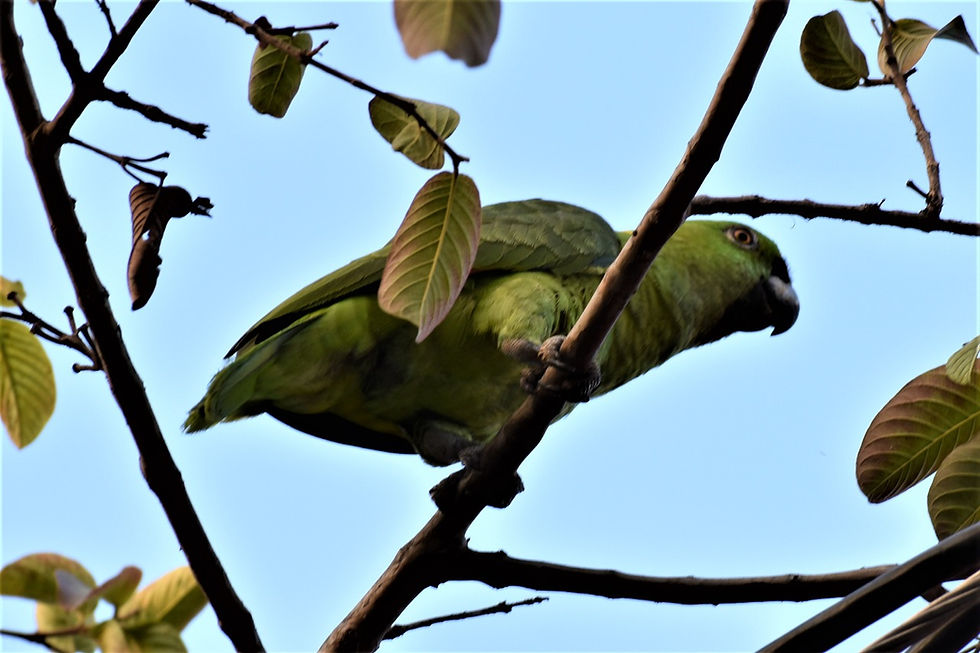Corydalids (Water Dogs), Giant Insects That Go Unnoticed
- Martin A. Murillo

- Aug 4
- 1 min read
The family Corydalidae (order Megaloptera) includes around 380 species worldwide. Few species from this family are known in Honduras, even though some species are exclusively Mesoamerican. This family is characterized by having large insects, reaching up to 15 cm in wingspan.
Fig 1. Adult insects from the family Corydalidae, from left to right: the genera Corydalus sp., Chloronia sp., and Platyneuromus sp.
The larvae of this family are used as fishing bait in North American countries (known there as dobsonflies). In Santa Bárbara, Honduras, they are called “merecos,” while in other regions of the country they are known as “perros de agua”. Currently, 11 species are recorded for Honduras, distributed across the genera Corydalus, Chloronia, and Platyneuromus. A taxonomic key is being developed for the species of this family in the country. There is still much to be done, not only in research on Corydalids in Honduras but also on insects in general, since despite their diversity and potential uses, insects are among the least studied groups in the country.
Despite the diversity of the family Corydalidae, few species from this family are known from Honduras and Nicaragua. With the goal of documenting the species of Corydalidae present in these two countries, a study was conducted identifying specimens from entomological collections in Honduras, including genitalia dissections when necessary. In total, 11 species were recorded for Honduras and four for parts of Nicaragua. A taxonomic key was created for the species of this family found in Honduras.
You can learn more about this research at the following link:
By: Martin A. Murillo, Biologist











Comments